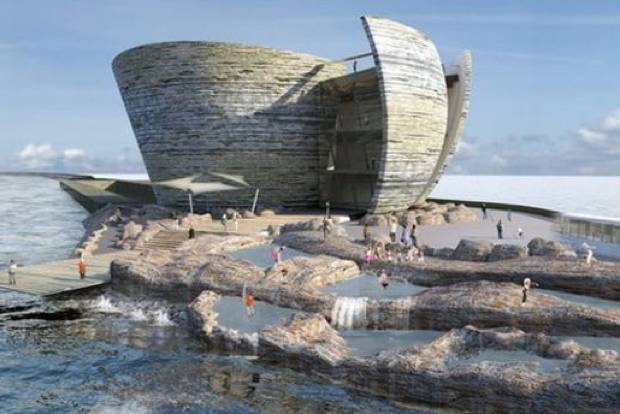Let’s turn our attention to ‘tidal lagoons’: you may have heard that phrase in discussion of alternatives to Hinkley Point and wondered what it means. It refers to a £1 billion project, awaiting ministerial approval, to build a walled lagoon in Swansea Bay that would generate (through largely British-built turbines) electricity on the ebb and flood of every tide, 14 hours a day for a project lifetime of 120 years. It could be brought into operation within five years — but to make that happen it requires subsidy at levels comparable to offshore wind or new nuclear generation; it also requires millions of tonnes of concrete and aggregates from quarries in Cornwall and elsewhere, and will radically alter the local environment for sea life and wading birds.
So lagoon power is not without teething problems. But they look relatively modest compared to, say, betting our energy future on nuclear reactor designs that might not work at all and storing the toxic waste afterwards. Once proven, the Swansea project could be rapidly scaled up, with a second lagoon at Cardiff that would be almost 12 times larger and a string of other sites along the English and Welsh west coast.
The determined entrepreneur behind this scheme, Mark Shorrock, claims lagoon power could provide 8 per cent of UK electricity demand, more than Hinkley Point, at the lowest long-term cost per megawatt hour of any form of generation. The technology could also be exported anywhere in the world (including China) that has coastlines with big and predictable tides.
The government will decide the fate of the Swansea lagoon in the autumn: since it carries no Osborne fingerprints or Chinese connections, I see no reason at all why Mrs May should stand in its way.







Comments